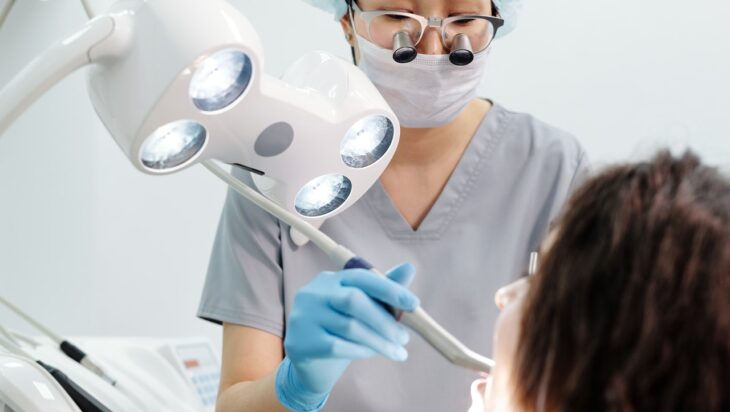Typical Dental Insurance Tiers
You could hear words like “basic” or “major” used to describe the treatments and procedures recommended when reviewing your dental care plan. What does this indicate? Services beyond fillings and root canals are referred to as major dental procedures. Dentures, dental bridges, and other procedures that restore or replace lost or damaged teeth are examples of this care– understanding the distinction between basic and major procedures in insurance coverage is essential.
Class 1: Preventative and Diagnostic Care
These operations are preventative, as their name indicates. Although these treatments don’t deal with issues, they are regularly conducted to stop illness from developing and preserve health. Since prevention is always preferable to treatment, dentists recommend the following preventative actions to their patients:
- Oral Prophylaxis – A dental hygienist or a dentist can do an oral prophylaxis, which is an extensive assessment of your oral health combined with a scale and cleaning.
- Pediatric Dentistry – Preventive pediatric dentistry focuses on care that seeks to maintain your child’s teeth free of plaque accumulation, gum disease, and tooth decay before any effective procedures are required.
- X-Rays – Dentists rely heavily on dental X-rays as a source of information. They offer images of the interior of your teeth and gums, which your dentist can use to examine your dental health.
Class 2: Basic Restorative Care
A person’s mouth might develop a variety of anatomical issues. The teeth might change in form, where they would emerge, and how white they were naturally. Dentist Regina provides different aesthetic solutions since a beautiful smile may affect several other things, but this isn’t strictly a disease factor.
- Dental Bonding – With dental bonding, your dentist can repair damage to one or more of your teeth by coating them with a tooth-colored composite resin.
- Dental Veneers – Dental veneers Windsor are thin coverings bonded onto teeth to give them a more conventional form. They are a common alternative for those who have crooked teeth, have voids between them, or are broken.
- Invisalign – This orthodontic procedure straightens teeth without using metal braces. A set of transparent braces are manufactured to custom cover your teeth and gradually move them into the proper position.
- Orthodontics – The dental specialty focuses on improving your bite and straightening your teeth. Conventional braces, clear aligners, and detachable retainers are common orthodontic treatments.
- Root Canals – A technique in the dentist’s office to treat an infected or abscessed tooth’s discomfort. The swollen pulp is removed during the root canal treatment. After that, a filling is placed to cover the opening. And the inside surfaces of the tooth are cleaned and sanitized.
- Teeth Whitening – Your dentist’s teeth whitening procedure can brighten your teeth more quickly. Typically, the bleaching solution is significantly stronger than kits for use at home. The dentist may also use heat, light, or a combination of the two to speed up and improve the lightening process.
Class 3: Major Restorative Care
Basic dental procedures often involve actions beyond preventative care, such as cleanings and exams, but are no more involved than a standard filling. Major treatments are often services that might have been provided sooner and at a lower cost or a process that takes several steps to complete.
- Bridges – A bridge fills the area left by one or more missing teeth with a custom-made replacement tooth or teeth. The bridge helps maintain the natural contour of your face while permanently restoring your bite.
- Crowns – A crown is a cap for a tooth that is damaged. Several materials, such as porcelain or metal, can be used to create it.
- Sedation – Medication is used in sedation dentistry to calm patients during dental work. It’s frequently called “sleep dentistry,” although that’s not entirely accurate; patients are often awake except those under general anesthesia.
- Wisdom Tooth Extraction – Wisdom teeth removal Oakville is a common dental surgery treatment. It’s commonly recommended as a preventative approach to safeguard your dental health and shield your other teeth from potential concerns.
Conclusion
The dentist is the expert you need to rely on for any dental issues or concerns. The dentist has spent years training to provide him with the knowledge and abilities required to diagnose dental issues and treat patients as needed. Even the team that works with the dentist is carefully selected. The competent staff at the dentist clinic provides dental services that will resolve any problem you may have. They are all certified to implement their responsibilities.


